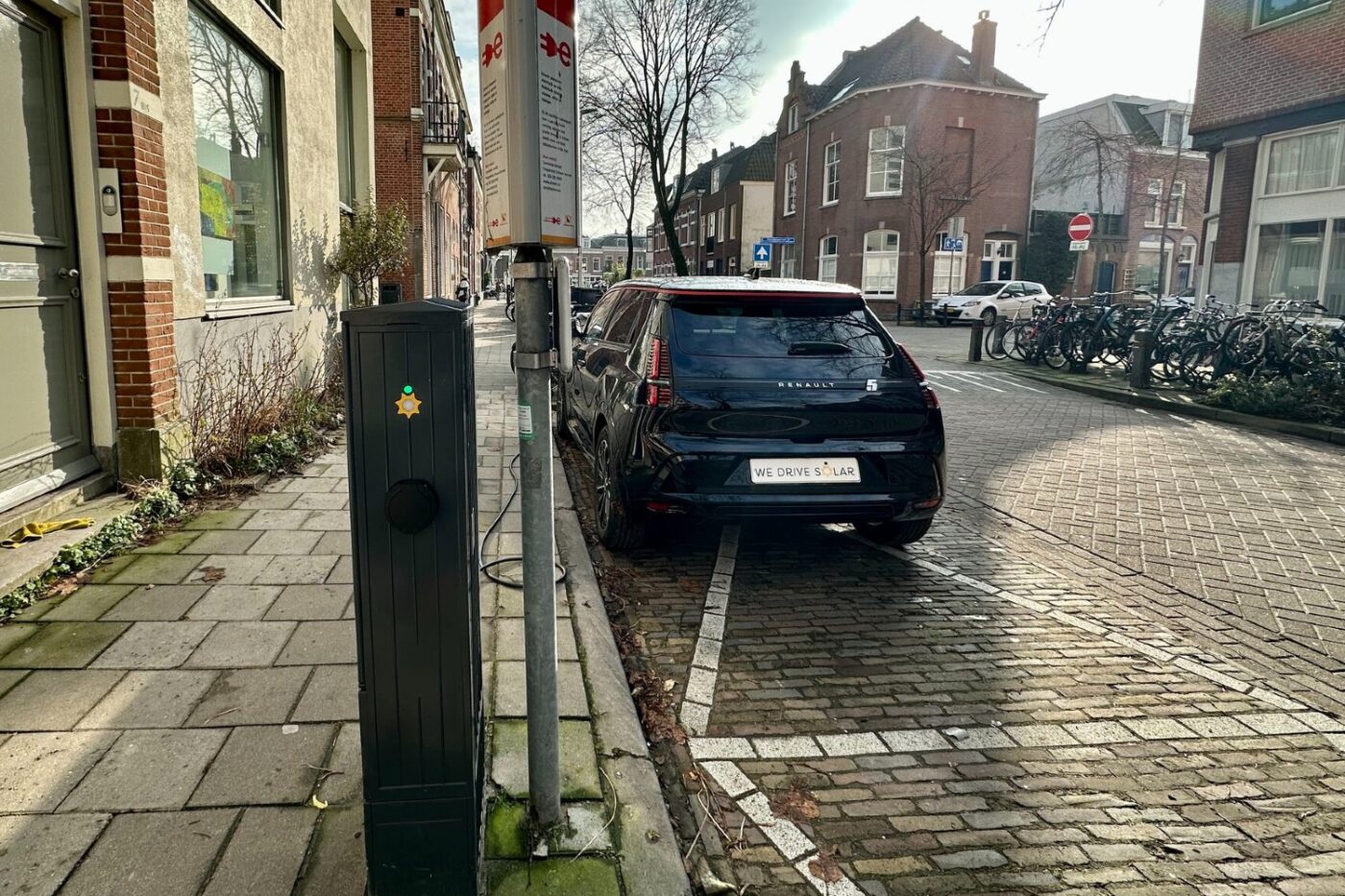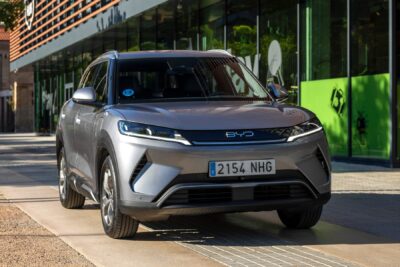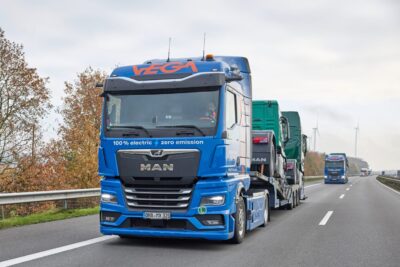
How V2G charging and car sharing can be combined – Six questions for Robin Berg from We Drive Solar
Robin Berg. CEO of We Drive Solar, is getting ready to launch the first large-scale car sharing service with V2G technology in Europe together with like-minded people from MyWheels, Renault and the city of Utrecht. Renault will supply 500 units of its R5 E-Tech, equipped with market-ready vehicle-to-grid (V2G) technology and is thus able to feed electricity back into the grid at a corresponding V2G-capable charging station.
And this is exactly where We Drive Solar comes into play. Berg’s company is responsible for the project’s bidirectional AC charging stations. The first 60 units will be installed in Utrecht this month. The company has been running trials in this area for years. With the 500 Renault 5s, however, the project is now taken to the next level. Ahead of the ‘Vehicle2Grid’ conference, which takes place at the beginning of April, we spoke to Robin Berg about what bidirectional charging can bring to the public – and what it requires.
Mr. Berg, the Renault 5 is the first electric car with market-ready vehicle-to-grid (V2G) technology on board. On the charging infrastructure side, you were ready long ago. How long have you been waiting for this breakthrough in the passenger car market?
We have been waiting for this for 10 years. Our first V2G test was back in 2014. We have been doing a lot of smaller and larger tests ever since. Finally, with the R5, we can scale and roll out V2G technology all over the Netherlands and Europe.
Until now, bidirectional charging has primarily been associated with private wallboxes. You are now starting to build a new public V2G-capable charger. Is there anything special to consider in terms of technology or communication?
Yes: a public bidirectional charger has to apply to the highest standards regarding safety and cybersecurity. We have invested in this to have the most resilient V2G AC charger in the field.
Are car sharing and bidirectional charging not a contradiction? It is lucrative for the operator if the cars are parked as little as possible, while bidirectional charging requires the cars to be stationary with the charging cable plugged in…
Even shared cars are standing still most of the time, so for a car sharing operator, V2G makes a lot of sense as the car will still make some money when the car is standing still.
We imagine it is no coincidence that Utrecht was chosen as the project location.
No, our company is based in Utrecht, and Utrecht has high ambitions regarding clean mobility and energy.
Can you tell us something about the Netherlands’ ambitions for V2G technology? And what is the regulatory framework like there?
The Netherlands is the country in the world with the most solar panels per inhabitant! Next to that, the Netherlands is building massive wind energy projects in the North Sea. As a result, our country will be powered by more than 80 per cent renewables in 2025. For that, we need a lot of energy storage. If we can make this happen with V2G, then we can provide cheap and clean energy to everyone 24/7, and this will then become the roadmap for all countries scaling up solar and wind, by far the cheapest forms of energy production.
How quickly do you think V2G will be established in Europe and worldwide? And where do you see the future focus? In the private or public sector?
I think that the breakthrough of V2G will happen in the second half of this decade, starting this year. The focus will first be on households and in fleets. This can be both commercial and public fleets.
This interview is part of electrive’s media partnership with the Vehicle2Grid conference taking place from 2 to 3 April in Aachen, Germany. The presentation of the Utrecht project by Robin Berg will take place on 2 April at 3.10 pm.





0 Comments